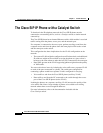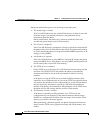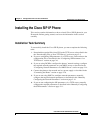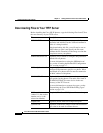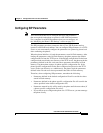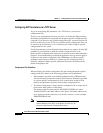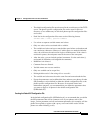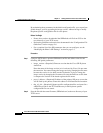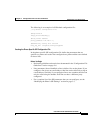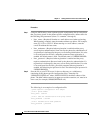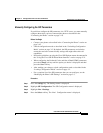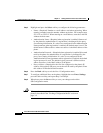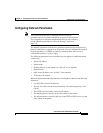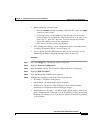
Chapter 2 Getting Started with Your Cisco SIP IP Phone
Installing the Cisco SIP IP Phone
2-8
Cisco SIP IP Phone 7960 Administrator Guide
78-10497-02
By maintaining these parameters in the default configuration file, you can perform
global changes, such as upgrading the image version, without having to modify
the phone-specific configuration file for each phone.
Before You Begin
•
Ensure that you have downloaded the SIPDefault.cnf file from CCO to the
root directory of your TFTP server.
•
Review the guidelines and restrictions documented in the “Configuration File
Guidelines” section on page 2-6.
•
For a complete list of the SIP parameters that you can configure, see the
“Modifying the Phone’s SIP Settings” section on page 3-5.
Procedure
Step 1
Using an ASCII editor, open the SIPDefault.cnf file and define values for the
following SIP global parameters:
•
image_version—(Required) Firmware version that the Cisco SIP IP phone
should run.
Enter the name of the image version (as it is released by Cisco). Do not enter
the extension. You cannot change the image version by changing the file name
because the version is also built into the file header. Trying to change the
image version by changing the file name will cause the firmware to fail when
it compares the version in the header against the file name.
•
proxy1_address—(Required) IP address of the primary SIP proxy server that
will be used by the phones. Enter this address in IP dotted-decimal notation.
•
tftp_cfg_dir—(Required if phone-specific configuration files are located in a
subdirectory) Path to the TFTP subdirectory in which phone-specific
configuration files are stored.
Step 2
Save the file with the same file name, SIPDefault.cnf, to the root directory of your
TFTP server.



